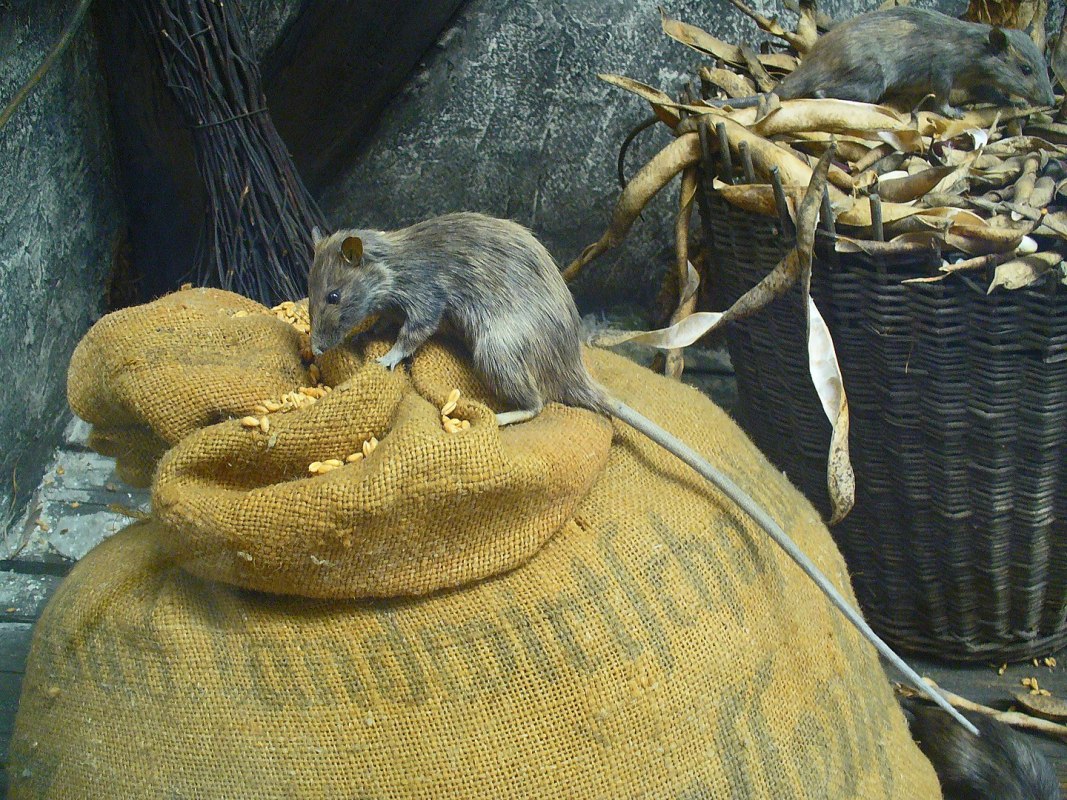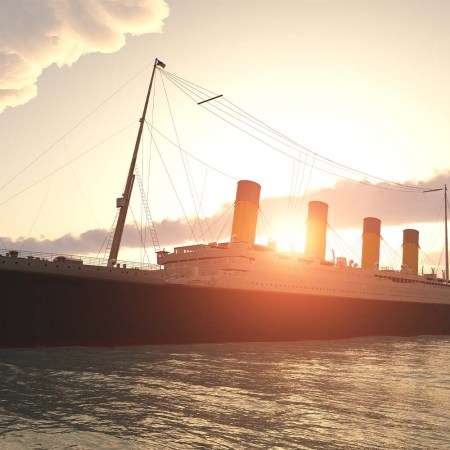When examining something recently unearthed after centuries, scientists have numerous ways in which they can delve into its origins. That ranges from carbon-dating to examining human remains for clues about their diet and lifestyle. But for an international group of archaeologists based at the University of Haifa who are looking into a ship that sank over a thousand years ago, there’s been an unexpected source of information — the bodies of rats.
The vessel is known as the Ma’gan Mikhael B, and it sank sometime between 640 and 740. The ship traveled throughout the Mediterranean and — at some point in its journeys — picked up an infestation of ship rats. As described by an article by Bethany Dawson at Insider, this makes the ship somewhat unique, in that this is — as Dawson writes — “the oldest and only direct evidence of a ship rat infestation on an ancient shipwreck” in the region.
Zooarchaeologist Sierra Harding told Insider that the rat remains proved informative due to the range of rats found. Some were the expected species one might find in the region, but others were native to region further afield, such as Tunisia. That, in turn, gives the archaeologists a better sense of what the ship’s trade routes were — and paints a broader picture of what the region was like when the ship was making its way across the sea.
Have enough knowledge and you might well be able to extrapolate a tremendous amount from something seemingly minute. Think about it — the very rats that likely infuriated the ship’s crew are now helping to inform people about that crew’s lives in unexpected ways.
Thanks for reading InsideHook. Sign up for our daily newsletter and be in the know.














